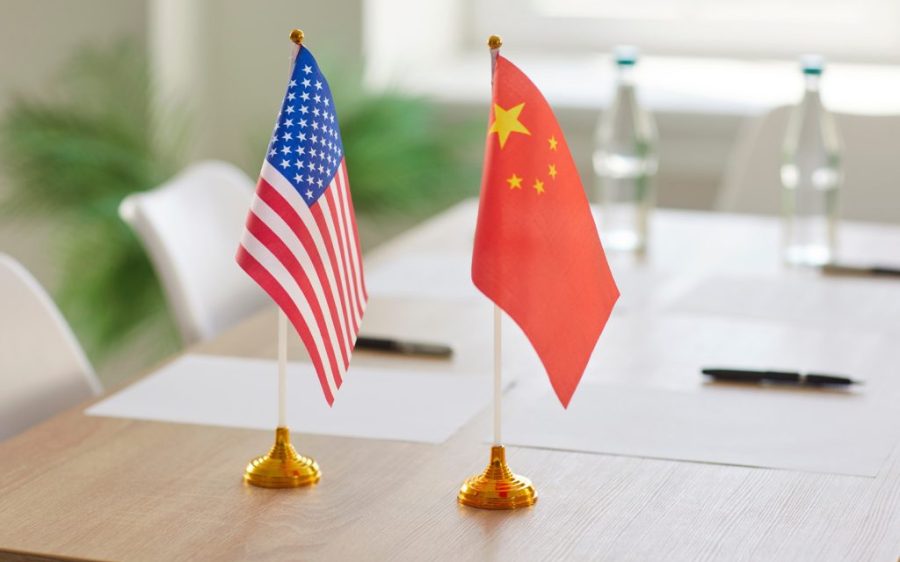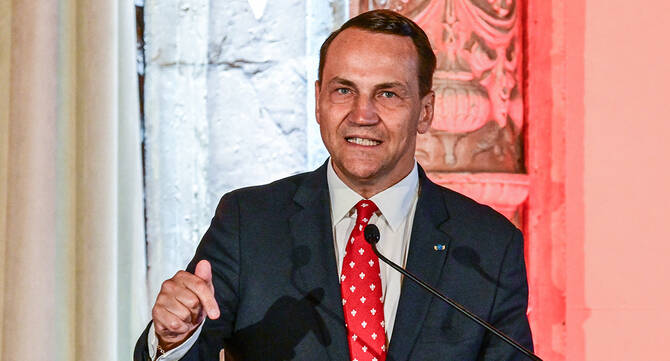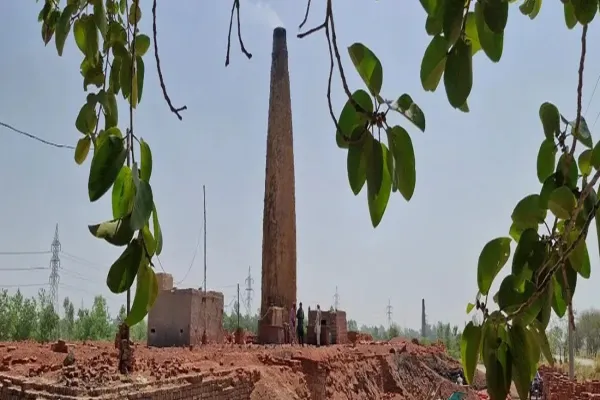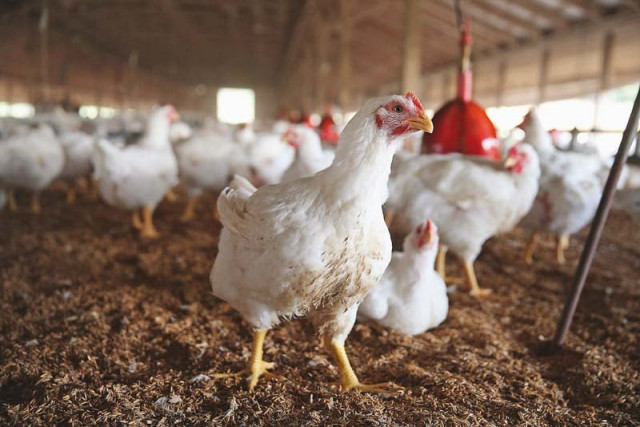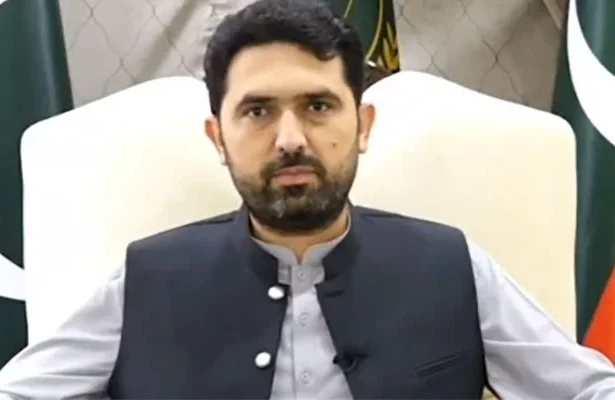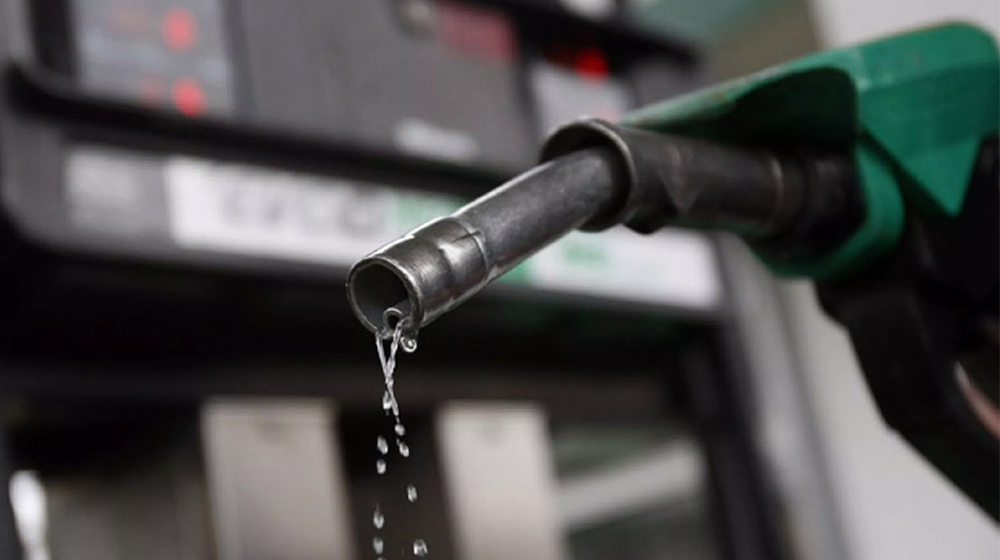The United States has warned that it could raise secondary tariffs on India if upcoming talks between President Donald Trump and Russian President Vladimir Putin do not go well. Speaking to Bloomberg TV on Wednesday, US Treasury Secretary Scott Bessent said, “We’ve put secondary tariffs on Indians for buying Russian oil. And I could see, …
US Warns of Higher Tariffs on India Over Russian Oil as Tensions Escalate
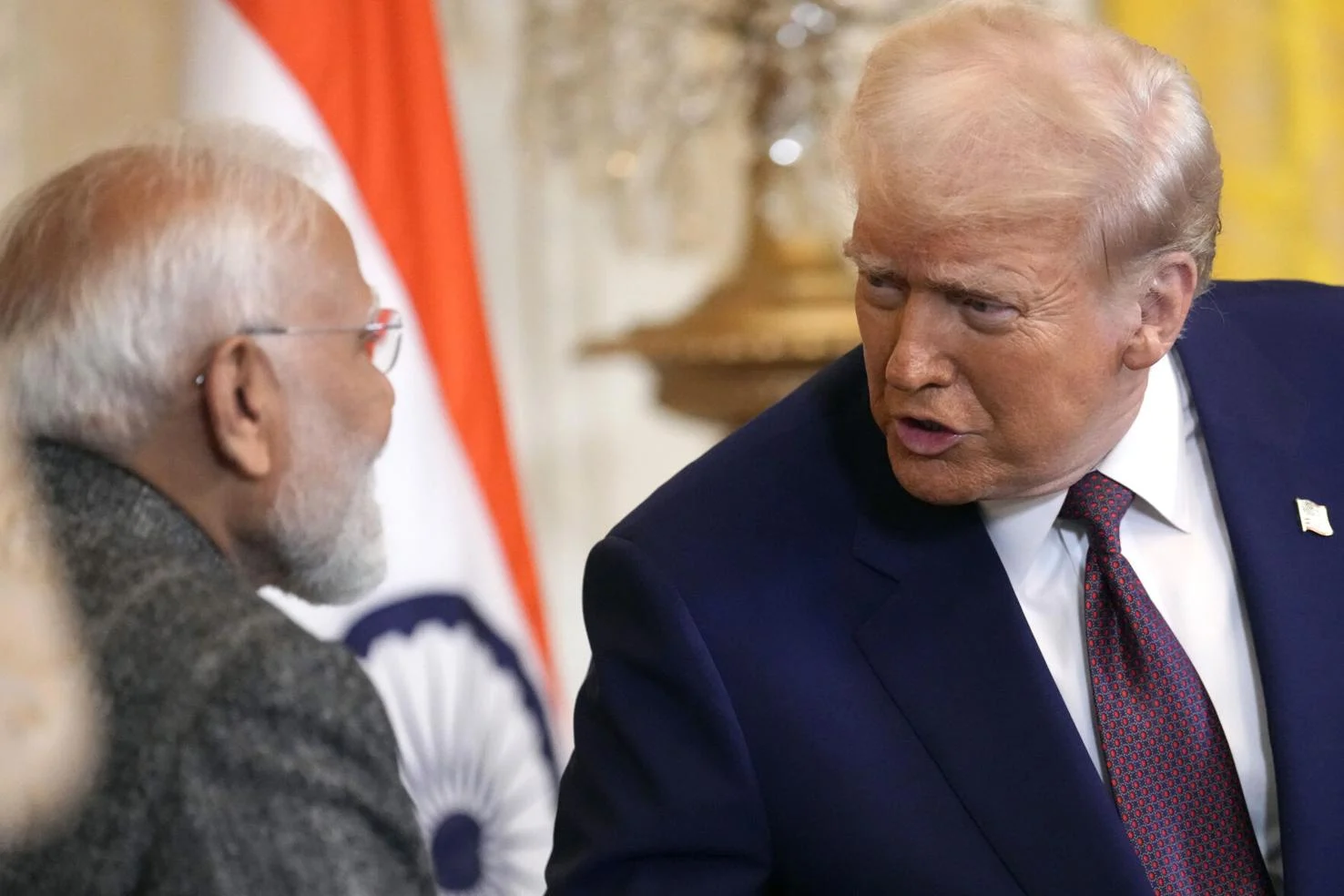
The United States has warned that it could raise secondary tariffs on India if upcoming talks between President Donald Trump and Russian President Vladimir Putin do not go well.
Speaking to Bloomberg TV on Wednesday, US Treasury Secretary Scott Bessent said, “We’ve put secondary tariffs on Indians for buying Russian oil. And I could see, if things don’t go well, then sanctions or secondary tariffs could go up.”
The warning comes just weeks after President Trump imposed a 25% penalty on India, in addition to existing 25% tariffs, for buying oil and weapons from Russia. Washington is pushing for a ceasefire in the Ukraine war, and on Wednesday, Trump issued a stark warning to Moscow of “severe consequences” if it refused to accept a peace deal.
Rising Russian oil imports fuel tensions:
Since the Ukraine war began, India’s imports of cheap Russian crude have surged. In 2024, Russian oil accounted for 35–40% of India’s oil imports, compared to just 3% in 2021.
Trump and Putin are set to meet in Anchorage, Alaska, on Friday to discuss ending the conflict. Bessent stressed that Washington wants its allies to act together. He said, “President Trump is meeting with President Putin, and the Europeans are in the wings, carping about how he should do it, what he should do. The Europeans need to join us in these sanctions. The Europeans need to be willing to put on these secondary sanctions.”
Delhi defends its position:
India has pushed back against US criticism, saying that as a major energy importer, it must buy the most affordable crude to shield its citizens from high energy costs. This is especially important for millions of poorer Indians who are already struggling with inflation.
However, Washington sees India’s stance as a hurdle in broader diplomatic and trade relations.
Just a day before, Bessent described India as “a bit recalcitrant” in trade talks during an interview with Fox Business. Trump, for his part, has repeatedly accused India of being a tariff abuser, insisting his policies are aimed at boosting the US economy and ensuring fairer global trade.
Trade talks under pressure:
Negotiations between Delhi and Washington have been ongoing for months but have faced repeated obstacles. One major sticking point is India’s refusal to lower duties on US agricultural and dairy products. US negotiators are scheduled to visit India on August 25 to restart talks.
The pressure on trade is about to intensify. Trump’s new 50% tariff rate on Indian goods is set to take effect on August 27. Analysts warn that this is almost like placing an embargo on trade between the two nations.
If implemented, the tariff would make India the most heavily taxed US trading partner in Asia. Key Indian export sectors, including textiles and jewellery, could be hit hard, potentially reducing India’s economic growth by up to 0.5%




